-
×
 Gerontologia: O envelhecimento humano em dez pontos (Textos Introdutórios UFSM Livro 1) (Portuguese Edition) (PDF) 1 × 5 $
Gerontologia: O envelhecimento humano em dez pontos (Textos Introdutórios UFSM Livro 1) (Portuguese Edition) (PDF) 1 × 5 $ -
×
 Biochemistry: An Integrative Approach, International Adaptation (PDF) 1 × 7 $
Biochemistry: An Integrative Approach, International Adaptation (PDF) 1 × 7 $ -
×
 Edexcel International GCSE (9-1) Further Pure Mathematics Student Book (PDF) 1 × 15 $
Edexcel International GCSE (9-1) Further Pure Mathematics Student Book (PDF) 1 × 15 $ -
×
 Edexcel International GCSE (9-1) Physics Student Book (PDF) 1 × 15 $
Edexcel International GCSE (9-1) Physics Student Book (PDF) 1 × 15 $ -
×
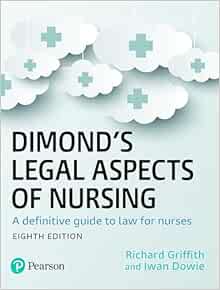 Dimond's Legal Aspects Of Nursing, 8th Edition (PDF) 1 × 15 $
Dimond's Legal Aspects Of Nursing, 8th Edition (PDF) 1 × 15 $ -
×
 Maths Progress Core Textbook 1, 2nd Edition (PDF) 1 × 5 $
Maths Progress Core Textbook 1, 2nd Edition (PDF) 1 × 5 $ -
×
 Pearson Edexcel AS and A level Further Mathematics Further Pure Mathematics 2 Textbook (PDF) 1 × 15 $
Pearson Edexcel AS and A level Further Mathematics Further Pure Mathematics 2 Textbook (PDF) 1 × 15 $
Indoor Exposure to Fine Particulate Matter and Practical Mitigation Approaches: Proceedings of a Workshop (PDF)
5 $
Format: Publisher PDF
File Size : 11.8 MB
Category: Medical Book
By National Academy of Engineering, and Medicine National Academies of Sciences, Engineering, Health and Medicine Division, Board on Population Health and Public Health Practice, Joe Alper, David A. Butler
Overwhelming evidence exists that exposure to outdoor fine particulate matter (PM2.5) is associated with a range of short-term and chronic health impacts, including asthma exacerbation, acute and chronic bronchitis, heart attacks, increased susceptibility to respiratory infections, and premature death, with the burden of these health effects falling more heavily on underserved and marginalized communities. Although less studied to date, indoor exposure to PM2.5 is also gaining attention as a potential source of adverse health effects, particularly given that Americans spend 90 percent of their lives indoors and indoor PM2.5 levels can exceed outdoor levels.
To better understand the sources of indoor PM2.5, the possible health effects of exposure to indoor PM2.5, and engineering approaches and interventions to reduce those exposure risks, the National Academies of Sciences, Engineering, and Medicine convened a virtual workshop, Indoor Exposure to Fine Particulate Matter and Practical Mitigation Approaches, on April 14, 21, and 28, 2021. The workshop focused on exposures that occur in residential and school buildings and on existing and practical mitigation technologies and approaches. This publication summarizes the presentation and discussion of the workshop.
Product Details
Publisher : National Academies Press (July 20, 2022)
Language : English
Paperback : 176 pages
ISBN-10 : 030926328X
ISBN-13 : 978-0309263283
Be the first to review “Indoor Exposure to Fine Particulate Matter and Practical Mitigation Approaches: Proceedings of a Workshop (PDF)” Cancel reply
You must be logged in to post a review.


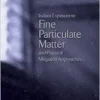

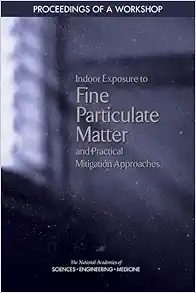
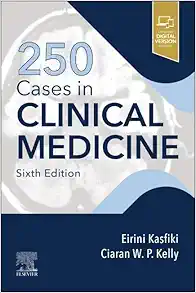
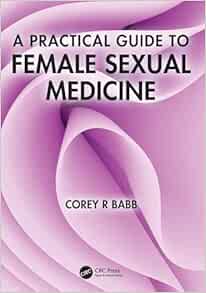
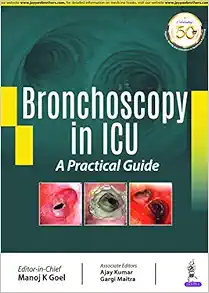


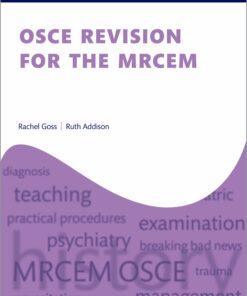


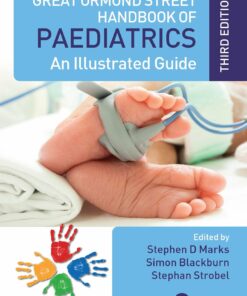




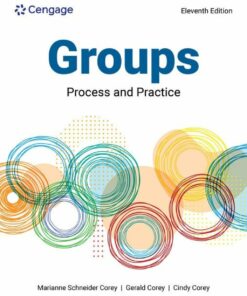


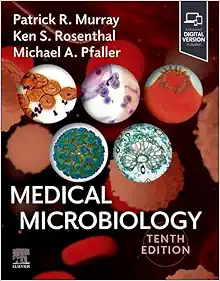





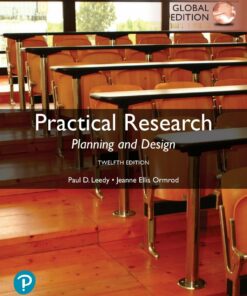

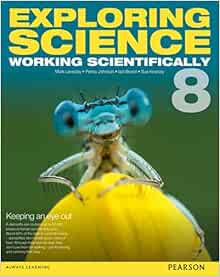





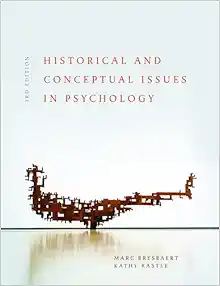

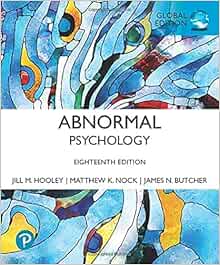




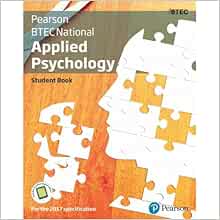
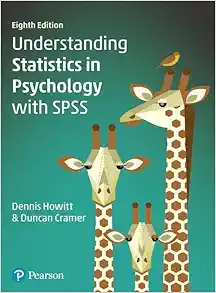


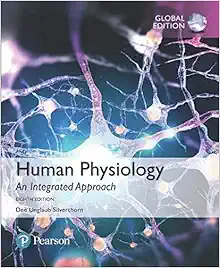
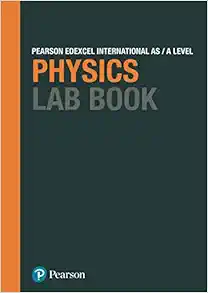
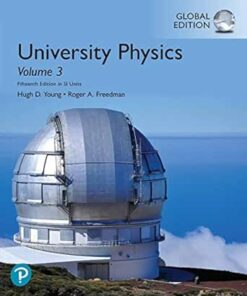


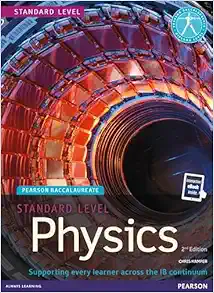
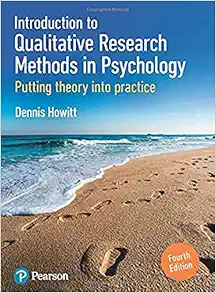

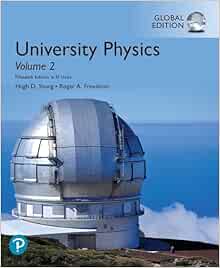
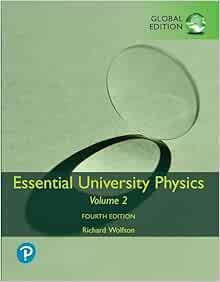

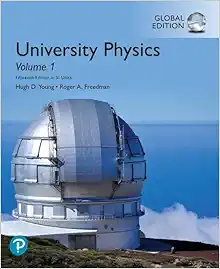



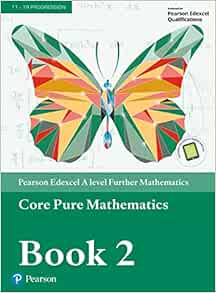

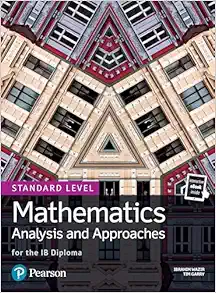

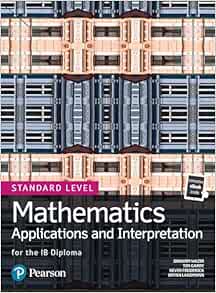

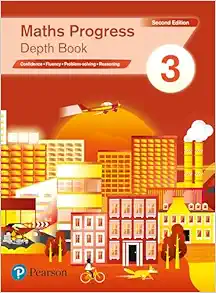
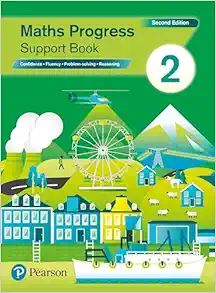
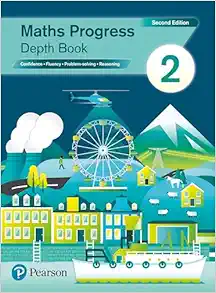










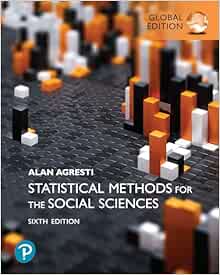


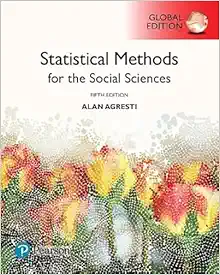
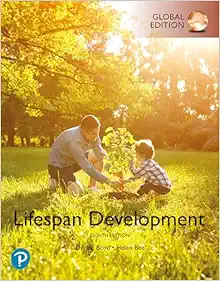




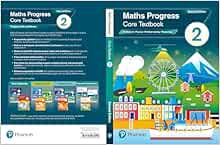









Reviews
There are no reviews yet.